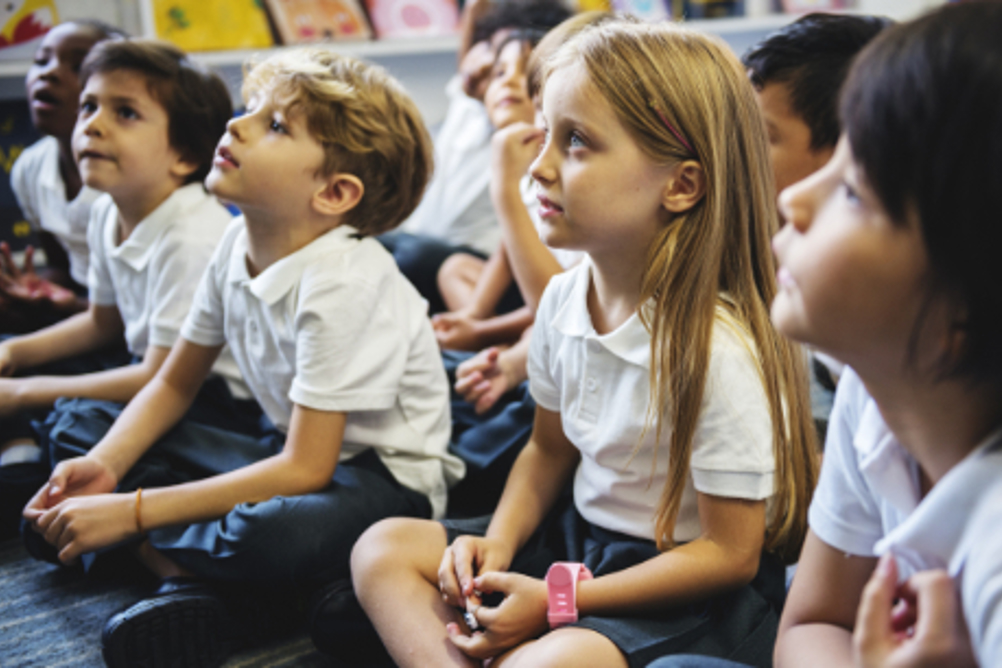
The constituencies with average primary classes of 28.8 or more pupils include – Christchurch, Eastbourne, Chelmsford, Dartford, Sutton and Cheam, Maidstone and The Weald.
According to the analysis of class sizes in England between 2010 and 2019, there are now 63,566 pupils in classes of 36 or more pupils, up from 44,093 in 2010 – a 44 per cent rise.
The 263 constituencies with 100 or more pupils in classes of 36 or more include - Bermondsey and Old Southwark, Bolton north, Thurrock and Sheffield.
The analysis also finds:
A poll of 610 teachers by the NEU last weekend found that one-in-three (34 per cent) want reducing class sizes to be made a top priority for the next Parliament, regardless of which party wins the election next month.
Register now to continue reading
Thank you for visiting Nursery World and making use of our archive of more than 35,000 expert features, subject guides, case studies and policy updates. Why not register today and enjoy the following great benefits:
What's included
-
Free access to 4 subscriber-only articles per month
-
Unlimited access to news and opinion
-
Email newsletter providing activity ideas, best practice and breaking news
Already have an account? Sign in here









